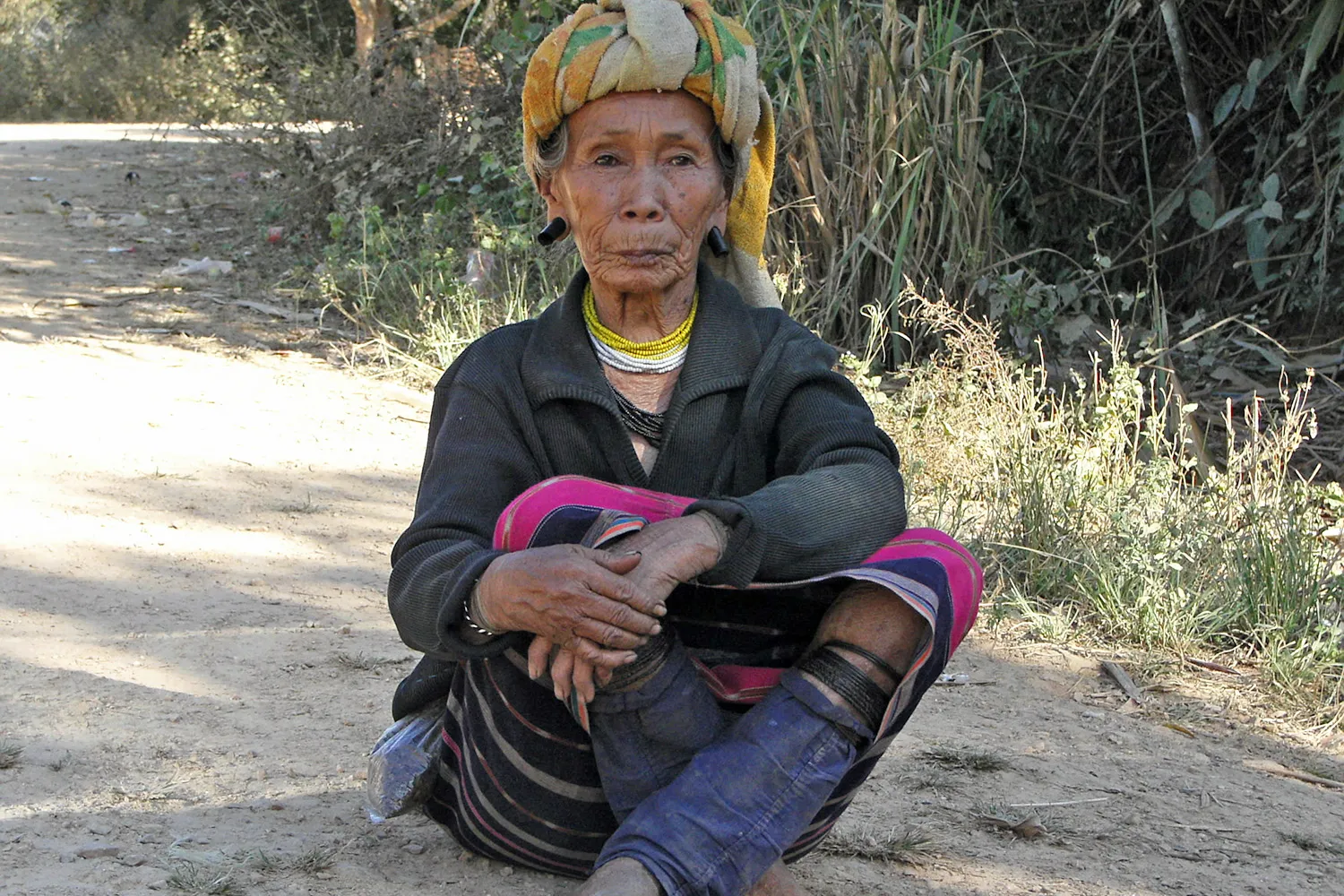The Lawa Tribe, a local indigenous community, primarily resides in the northern regions of Thailand, particularly establishing their villages in the provinces of Chiang Mai and Mae Hong Son. Historically, they are believed to have been the original inhabitants of the area along the Ping River, predating the arrival of the Thai people. Lawa communities exhibit a preference for both high-altitude and valley plain settings, with each village comprising around 20 to 100 families. Lawa architecture follows a consistent pattern of high-platform wooden houses. Their social structure operates on a single-family system that emphasizes male lineage, where post-marriage, women typically relocate to the households of their husbands. A blend of spirit worship and other religious practices characterizes Lawa beliefs. Women of the Lawa Tribe don long white shirts paired with narrow, short-knee sarongs featuring alternating white or red bands, complemented by shin puttees. Similar to other hill tribes, the Lawa people’s way of life centers on activities such as rice cultivation, current farming, fruit and vegetable planting, and animal husbandry.
Lawa New Year Celebration.
Lawa’s New Year Celebration, known as the “Ta Ngaw” or ghost party ceremony, holds paramount significance within the community. Occurring between December and January, it marks the commencement of the New Year, often coinciding with the waxing moon’s Tuesday. The ceremony spans three days: the first day involves preparations, the second day hosts the ghost party ceremony, and the third day requires villagers to remain within the community. Throughout this event, Lawa Tribe members adorn themselves in traditional tribal attire adorned with intricate decorations, adding to the festive atmosphere of the celebration.

